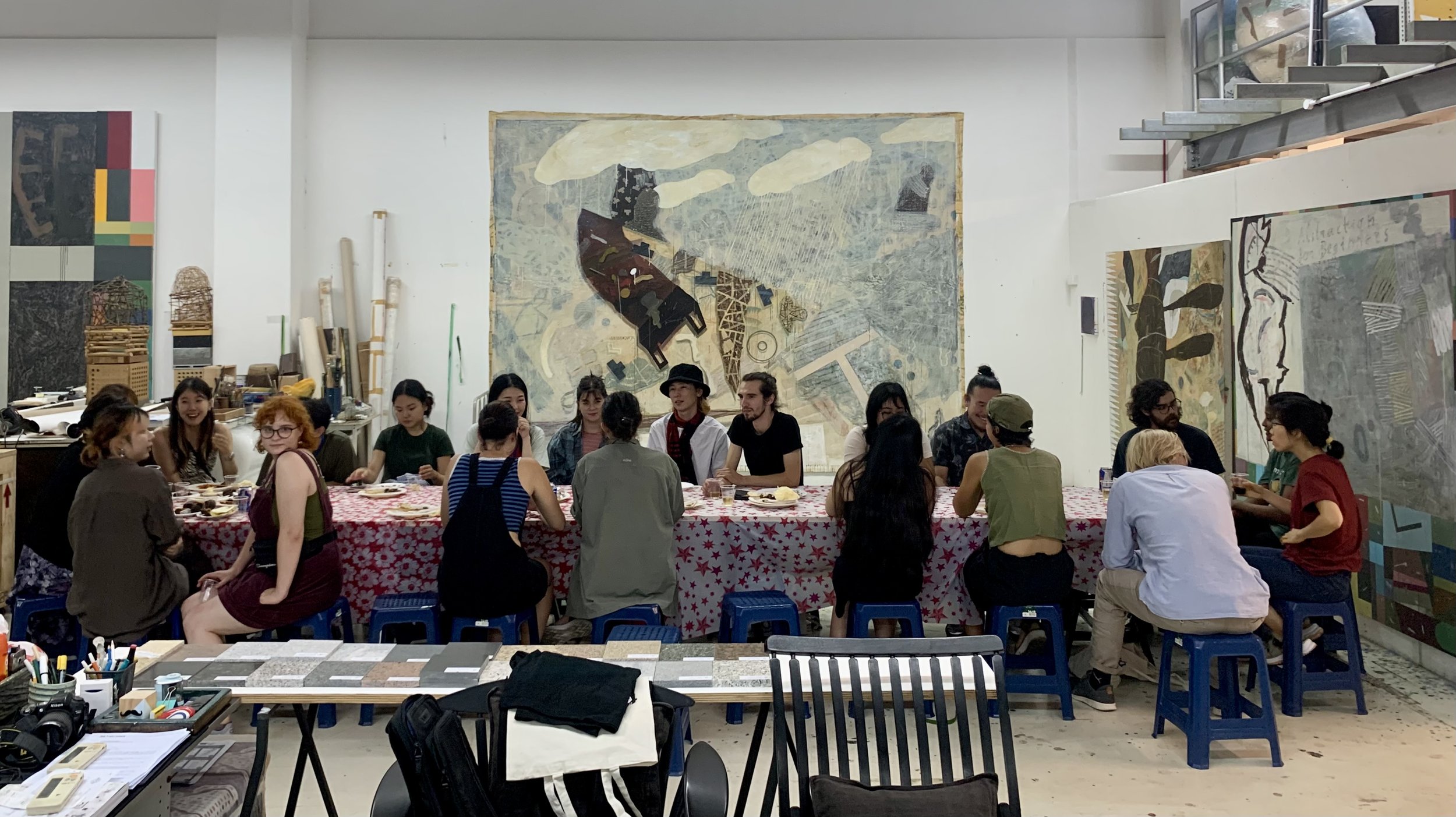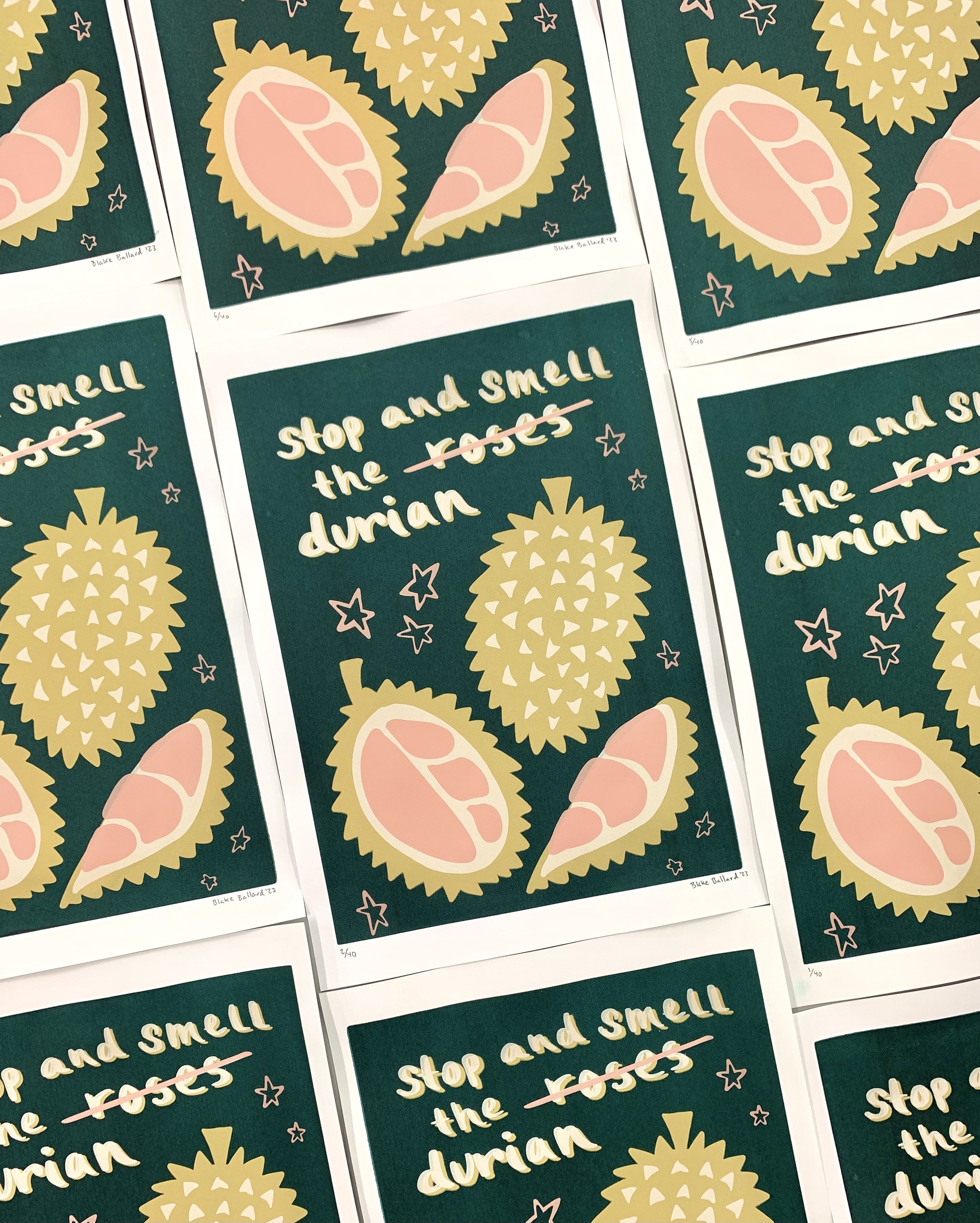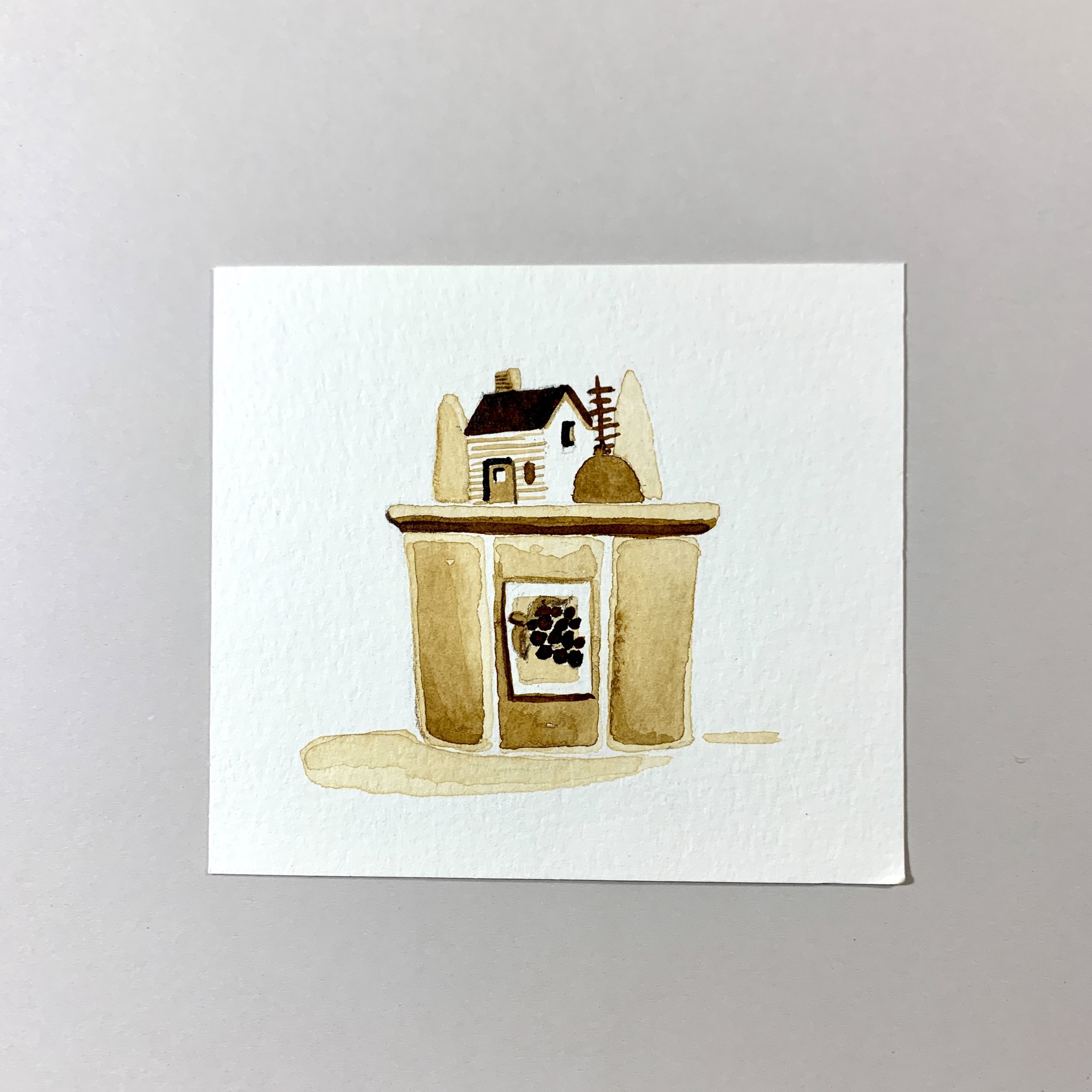July 2023 saw me fly to Southeast Asia for a two week art residency in Singapore. This was my first trip to Asia and only my second trip out of the UK since arriving in Glasgow in September 2022. With a much needed change of scenery (and warmer temperature) Singapore provided an amazing incubator for exploration and play within my art practice.
Titled Tropical Lab 17, this intensive and highly engaging art camp brings Masters and PhD students from various art colleges and institutions around the world to Singapore for a series of workshops, talks and seminars guided by established international and Singaporean artists, culminating in an exhibition hosted by the Institute of Contemporary Arts Singapore at LASALLE. We were guided by this year’s theme: Playground.
I certainly have plenty of memories of spending hours at recess playing tag (affectionately called bullpucky for reasons only known to 10-year-old Blake), tetherball, swinging, climbing a jungle gym, pretend Pokémon battles, and much more. The playground was a site for exploration, community building, and expression.
Initially, I began with idea to bring that sense of play to a gallery space using textile mediums as my mode of communication. Within the context of this highly international and intercultural residency, I wanted to bring an activity that was a staple in our P.E. classes in elementary school to this unsuspecting audience: the parachute. There was nothing like the drama of playing with a rainbow parachute as a kid. Launching balls into the air, trapping a bubble of air underneath, and replicating ocean waves all from a bit of nylon fabric. However, as I continued exploring Singapore, their art institutions, and getting to know my cohort better, we started to discuss larger questions surrounding authority, cultural rules, and power.
Playgrounds today, more than ever, are fraught with contested freedoms in the determination of space, what is contained within a space and who should be in this space. This has been at the heart of the formation of the 20th century’s major political offering: the nation-state, an endless line of perforations between communities, languages, oceans and ideas.
I felt that my attention could be focused on creating work that is not only site-specific, but also has metaphorical ties to larger questions surrounding cultural capital and those power structures that guide us everyday. The research for my MFA dissertation is also leading in this direction, so it was perfect conceptual tie-in to my current practice.
This led to the creation of a ground-based installation inspired by hop scotch games and chalk doodles on the playground. I created a large chalk drawing of a vintage crochet pattern collected from my family’s pattern library. Crochet patterns, especially in rural America, were used to bind communities together through recurring symbols and motifs, oftentimes reinforcing the systems in power. Who sets the ground rules? asks us to question those everyday patterns and norms that have so much influence on how we see and interact with society, even if they are as innocuous as a crochet doily. Through the chalk pattern, the ground becomes a contested location where walkers are negotiating their role in a larger socio-cultural-political space. Each step smudges, smears, and changes the ground rules. Located on the LASALLE College of the Arts campus, students, staff, and visitors are rewriting the pattern set into Singaporean soil.
Rather than sitting on concepts or ideas for months, working within this two week timeframe encouraged me to make confident decisions and then adapt my project as needed. Our cohort not only had to trust in our abilities as artists or designers, but also trust in the team working to pull a successful show together. From our curatorial team to the facilities, each of us were in conversation with one another in an intense exercise in collaboration.
Along with my larger installation project, I was able to share my screen printing knowledge with other participants. Together, we printed an edition of posters that advise you to stop and smell the durian. Durian, famously banned from public transportation in Singapore due to its overwhelming smell, was sold on street corners and market stalls all throughout the city. Of course, I did have to try the fruit, which tasted okay, surprisingly unlike its smell. It’s not something I would eat everyday, but I’m glad I gave it a chance.
Working within LASALLE’s printmaking studio in their dungeon-like basement, I did a short demo using photo emulsion and my four layer poster design. There was some troubleshooting that the amazing print technician Lina helped with, but after we found our groove, it was smooth sailing. The few days we worked together just made me excited to be in a position where art and learning go hand-in-hand.
My time in Singapore ended with the opening of a month-long exhibition showcasing the work made by the Tropical Lab 17 participants, including my chalk installation and my durian screen print. The work will be up and available to the public until the beginning of September.
I left Singapore with not only new work and concepts in my toolbelt, but also a new network of artist peers and friends to stay in touch with.













































